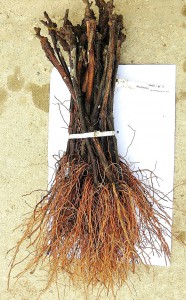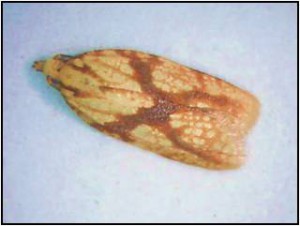Ocassionally, flower thrips can be an early season pest of peach and nectarine, especially when conditions during bloom are hot and dry. That seems to be the case this season as 6 out of 7 nectarine blocks scouted in Gloucester County had low populations of thrips present. At least one block had low levels of injury present. Mostly adults were found but examinations of fruitlets found some nymphs present in the shucks. If left untreated, damage can occur unless conditions turn cool and wet. Growers can scout for thrips using beating trays to look for adults, or by collecting blossoms to look for nymphs feeding inside the shucks. Peach may be less susceptible to damage than nectarine because the fuzz acts as a deterrent. Growers should also look for aphid populations while scouting for thrips as aphids are just starting to appear in southern county orchards. Use a treatment threshold of 1 aphid colony per tree in nectarines and 2-4 colonies per tree in peach.
There aren’t many choices for thrips control in Nectarines. Delegate and Entrust at the high rates are very effective. Where aphids are also present, the neonicitinoids Actara and Closer will control aphids but may only suppress thrips. Lannate SP has a good rating for thrips and aphids in our production guide but field experience is variable. Carzol is no longer labeled for Peach and Nectarine.
Remember also that Oriental Fruit Moth, Plum Curculio, and native plant bugs are key pests at this timing so any insecticides applied for thrips and/or aphids will be in addition to applications of effective materials for these important pests.



